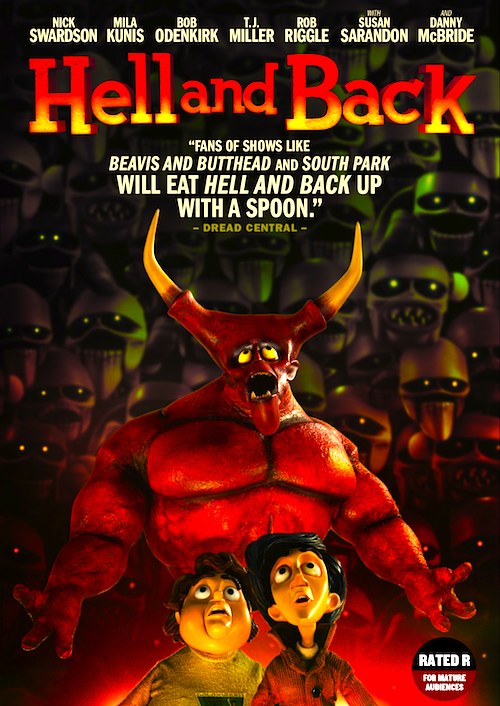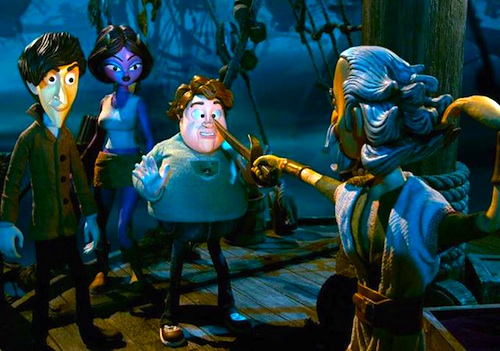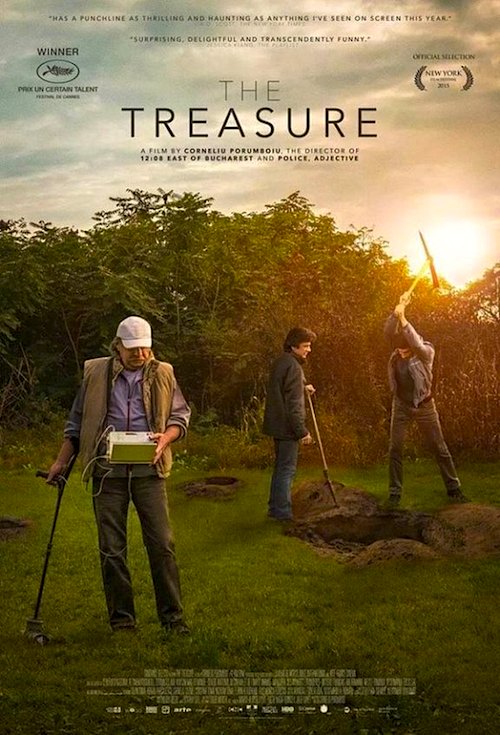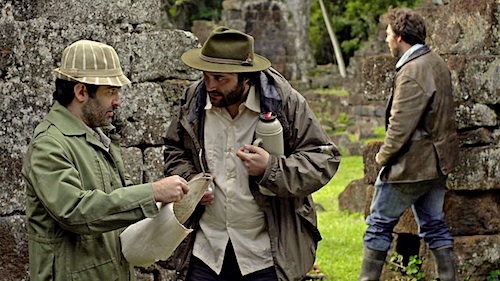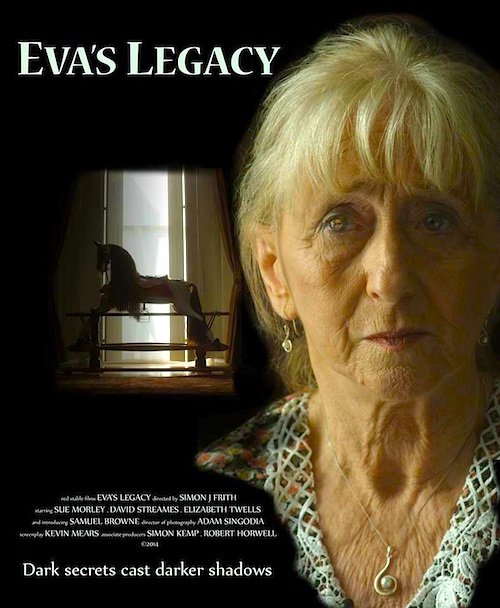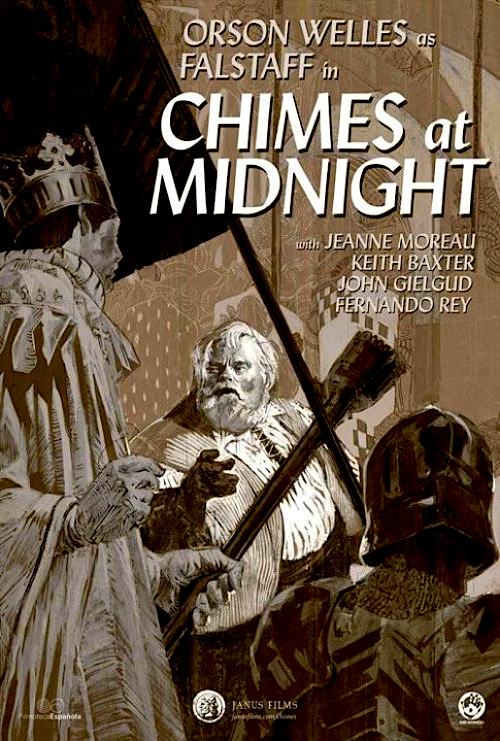By Joe Bendel. Japan’s Aokigahara Forest has long been one of the world’s top suicide sites. Some estimate it ranks just below the Golden Gate and Nanjing Yangtze River Bridges as a final ending place. It is hard to say for sure, because many lost souls enter with the intention of never being found. Unfortunately, it seems Sara Price’s twin sister Jess was one of them. It has been five days since she walked in the woods. Generally, that is more than sufficient time to conclude the worst, but Price feels she is still alive through their twinster connection. She will duly go into the notorious woods after her in Jason Zada’s The Forest, which opens today nationwide.
For years, the Price sisters only had each other, but Sara has since married Rob. He is usually a stable lump of husband material, but he often loses patience with Jess’s drama. However, Price understands her sister has always had a greater affinity for the dark side and therefore makes greater allowances. After freaking out everyone at the school where Jess taught English (or teaches, if we share her optimism), Price retraces her sister’s steps to Aokigahara, the destination of their recent field trip that now looks rather ill-conceived.
Finding Jess will be difficult, even assuming she wants to be found. It’s like a forest in there. Yet, Price seems to have good fortune when an aspiring American journalist and an off-the-books guide agree to accompany her into the woods. At least Meryl Streep isn’t in there, so how bad can it get?
Real bad, of course. Michi is a decent fellow, but the local knows enough to be scared of the forest. There is no way he will spend the night out there. Aiden on the other hand, is more than game. Inevitably, Price starts to suspect the hipster expat had a hand in Jess’s disappearance. By this time, her mind has obviously been clouded by the forest’s malevolent power, but that does not mean she is wrong about Aiden.
The Forest is not dazzlingly original by any stretch, but it is cool to see Zada incorporate a lot of J-Horror influences without getting slavish in his homages. Zada taps into the Aokigahara folklore rather effectively, even if the film was shot in the Balkans rather than Japan, judging from all the Serbian names in the credits. He also profitably invests a good measure of time exploring the Price Twins’ respective psychological hang-ups.
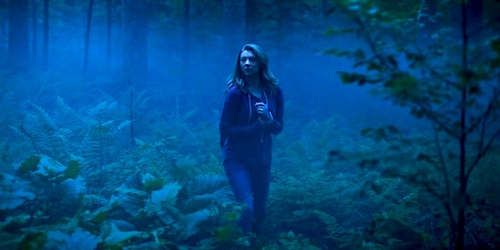
Nobody will be working to remind Academy voters about Natalie Dormer’s performance this time next year, but she is not bad at all playing the twins. Frankly, the extent to which she glams down might be what is most impressive. Most of the time, it looks like she is uncomfortably damp and her feet are hurting her. Conversely, Taylor Kinney’s Aiden never comes across as particularly trustworthy or outdoorsy, so it is hard to understand why Price ever thought he would be good to have around. Most of the Japanese cast serve in helper roles, including Yukiyoshi Ozawa’s Michi, but Rina Takasaki nicely covers both ends of the horror movie spectrum as the mysterious lost schoolgirl, Hoshiko.
It seems foolish to belabor The Forest’s shortcomings in a week when the nasty gristle of Uwe Boll-produced zombie ugliness called Anger of the Dead also opens. Although it basically ranks alongside middling Blumhouse productions, a good deal of style went into The Forest, including Bear McCreary’s evocative score. Even casual genre fans will have seen far worse. Not classic, but presentably distracting, The Forest opens in theaters today (1/8), including the AMC Empire in New York.
LFM GRADE: C+
Posted on January 8th, 2016 at 7:04pm.
